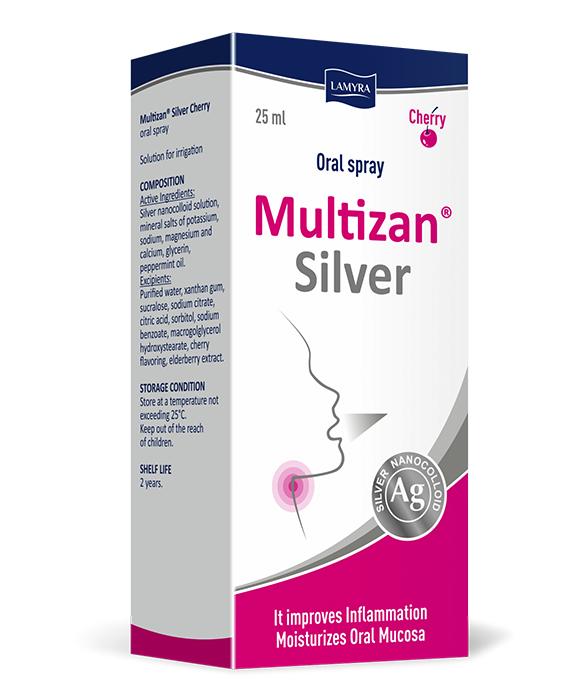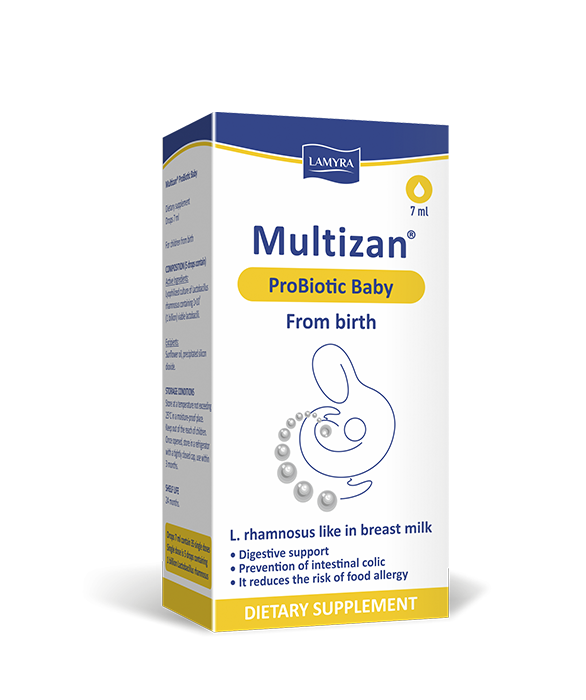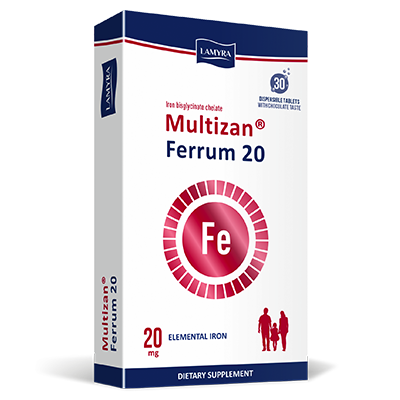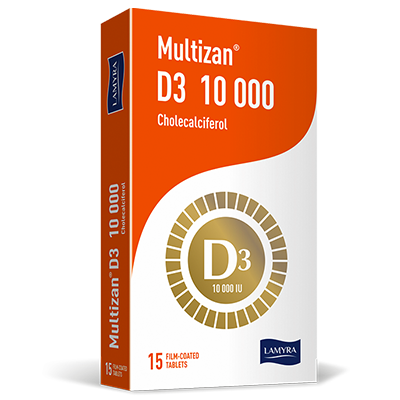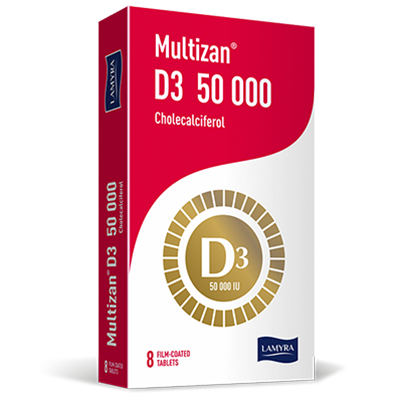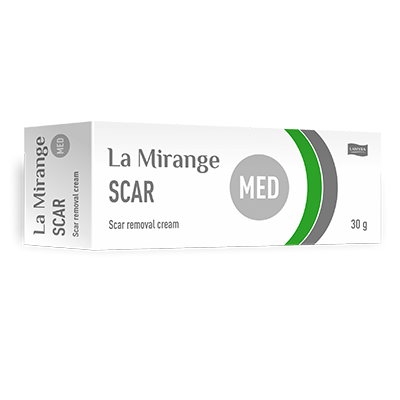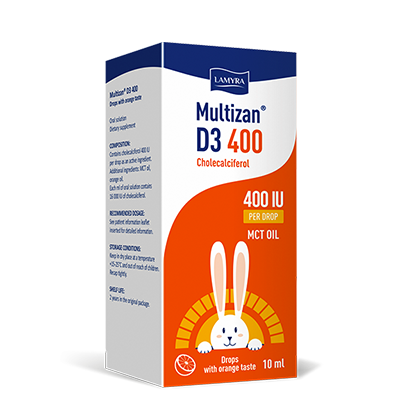The world is in the power of a new COVID-19 virus infection. During a pandemic, everyone thinks about how they can protect themselves and their loved ones. In this regard, vitamin D is increasingly mentioned.
Epidemiological characteristics of COVID-19
COVID-19 is a respiratory virus that is dangerous because it quickly enters the respiratory tract and causes severe pneumonia. The main mechanism of pathogen transmission is airborne droplets (coughing and sneezing).
People with weakened immune systems, chronic diseases, and the elderly are , particularly at risk. Nevertheless, the risk of infection and severe course or even death affects all categories of the population.
There are also no specific methods for preventing coronavirus infection, so WHO recommends that you adhere to standard prevention measures that are relevant during an epidemic of ordinary flu.
Most often, the incubation period of coronavirus infection lasts 5-7 days. At this time, a person can be contagious to others even in the absence of symptoms of the disease.
The infection can cause severe complications from the heart, lungs, brain, blood vessels, and other vital organs and systems. In some patients, various symptoms of the disease persist for a long time, including increased fatigue, respiratory and neurological disorders.
Scientists around the world are struggling to create an effective coronavirus cure, but the virus is constantly mutatingе. This leads to the emergence of a new variant of the pathogen that adapts better to the environment, spreads more easily and quickly, and quickly develops resistance to medicines. New strains can evade post-vaccination antibodies produced by the body.

Protective effect of sufficient vitamin D levels against coronavirus (cathelicidinins and the RAAS system)
Vitamin D deficiency and insufficiency occur in more than 50% of the world's population. This is important, as studies over the past two years have shown that the prevalence and mortality from coronavirus infection are almost twice as high among people with insufficient concentrations of vitamin D in the blood.
The protective mechanisms of vitamin D against acute respiratory infections have been proven experimentally. Expert communities in many countries have already issued recommendations on the need for rapid correction of vitamin D levels in the blood to improve the prognosis for COVID-19.
This is based on a striking overlap between the risk factors for developing a severe course of the disease and a deficiency of this biologically active substance, including obesity, old age, and ethnic origin (Negroid and Mongoloid races). Researchers say that the most vulnerable population group to COVID-19 is the one with the greatest Vitamin D deficiency.
Of particular importance in the context of the development of a severe course of the disease were the discoveries related to the role of the renin-angiotensin-aldosterone system (RAAS) in the pathogenesis of the virus have gained particular importance in the context of the development of a severe course of the disease. In COVID-19, hyperactivation of the RAAS is associated with a poor prognosis of the disease. The coronavirus uses receptors for components of the RAAS system to enter the cell, disrupting the balance of this system, which leads to more severe damage to the pulmonary system, oxygen dependence and thrombotic complications. A sufficient level of Vitamin D normalizes the synthesis of RAAS components involved in the pathogenesis COVID of the COVID-19 virus, and thus reduces the likelihood of infection and a more severe course of the disease.
Important! A lack of vitamin D in the human body can lead to a severe course of coronavirus infection.The second defense mechanism is stimulation of the synthesisа of cathelicidin, an important antimicrobial protein, under the influence of sufficient concentrations of vitamin D. Antimicrobial and antiviral properties of this peptide have been proven in a large number of studies of respiratory, skin, and sexual infections. It is important to note that the mechanism of action of cathelicidin excludes the development of resistance to it among pathogens-bacteria and viruses.
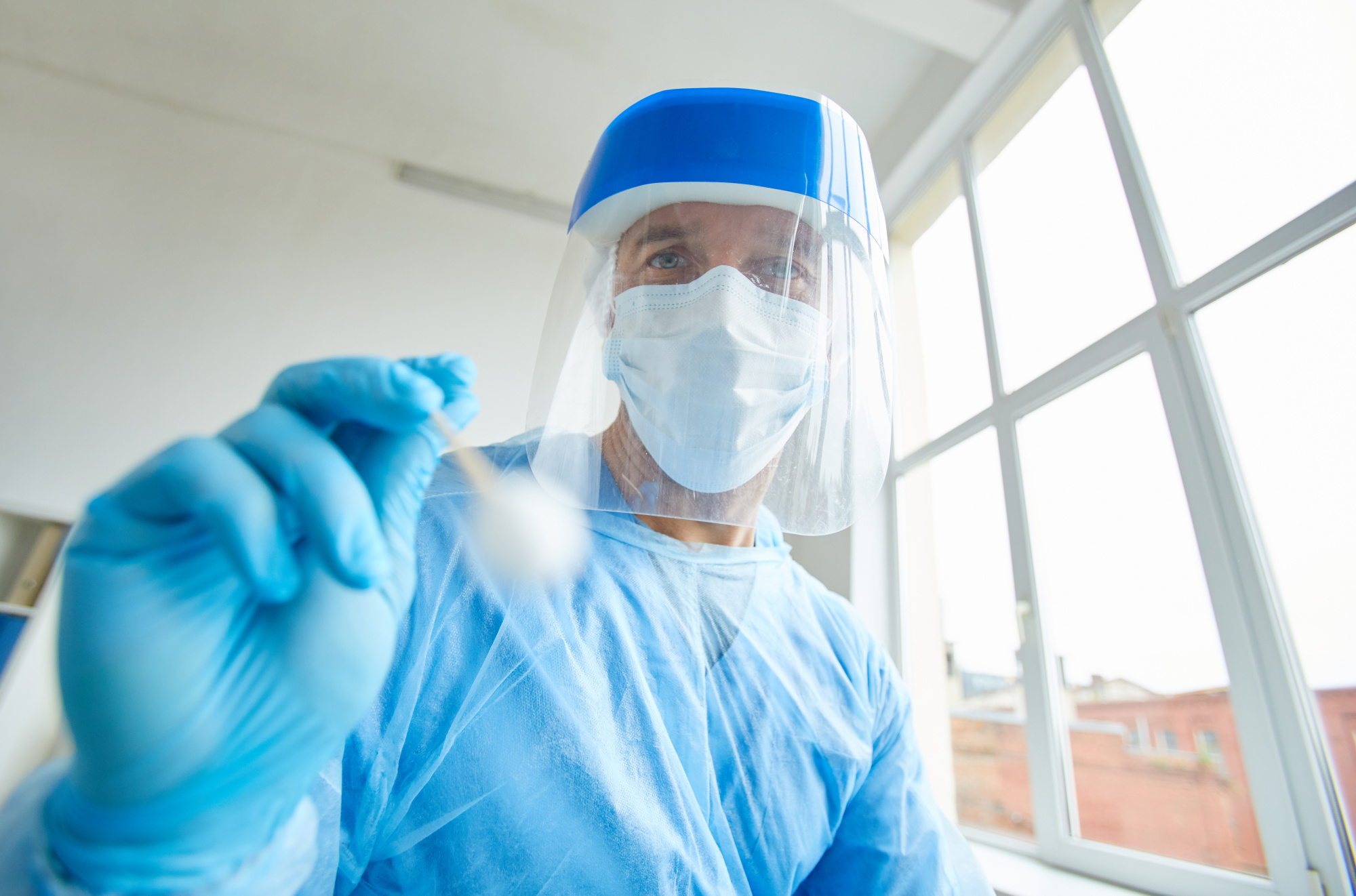
The current situation with global vitamin deficiency D for people
Vitamin D deficiency is now a global medical problem that affects more than 1 billion people worldwide. The situation is not affected by the region of residence or the number of sunny days per year. The deficit is equally common among residents of both northern and southern cities.
Diseases associated with lack of vitamin D deficiency range from chronic infections and colds to respiratory failure, coronary heart disease, and tooth decay. In children, a deficiency of this biologically active substance can lead to the development of rickets – a disease that primarily affects the musculoskeletal and nervous systems.
The advantage of using bolus forms of high-dose vitamin D to quickly reach target blood levels
Taking into account the low content of vitamin D in a regular diet and the possibility of intradermal synthesis under the influence of ultraviolet radiation of the sun, which is minimized in the modern world, the only option for correcting vitamin D deficiency is to take special medications and food supplements.
Experts strongly recommend taking vitamin D all year round, including in the summer.
The strategy of using bolus (high-dose) regimens allows you to quickly eliminate vitamin D deficiency.
For example, one study compared taking 50,000 IU of vitamin D once and taking 2,000 IU daily for 25 days (i.e., the total dose was the same). Both groups achieved the same concentration of vitamin D in the blood, but individuals from the first, bolus, group reached it 14 days earlier than those from the second.
Given the high daily risk of coronavirus infection, it is critical to achieving vitamin D concentration targets more quickly with high-dose regimens.High doses in terms of safety and convenience of reception
Given the hectic pace of modern life, daily supplementation can be a real challenge. Therefore, the possibility of taking bolus forms once a week, once every two weeks, or even once a month looks very attractive. The frequency of admission significantly affects treatment adherence. It has been shown that patients with weekly dosing are 90% more likelyют to receive treatment than with once-daily dosing.
The use of bolus schemes is possible due to the peculiarities of vitamin D metabolism. The intermediate metabolite (calcidiol) has a long half-life of about 15 days and the ability to be deposited (i.e. stored) in adipose and muscle tissue, from where it is used as needed. This "smart" natural mechanism allows you to continuously and stably provide the body's organs and tissues with a biologically active form of vitamin D (calcitriol).
Vitamin D overdose is a rare occurrence. The body's ability to deposit and metabolize it is such that to approach toxic concentrations, the daily intake in individuals (without some rare comorbidities) must be more than 100,000 mg.IU for an extended period. This can only happen with uncontrolled consumption of supplements without timely testing.
Preventive doses are listed below, and higher doses can be taken under the supervision of a specialist. The doctor should prescribe a therapeutic dose of vitamin D based on the results of tests.
Experts recommend twice a year to take a test for the level of cholecalciferol in the blood.
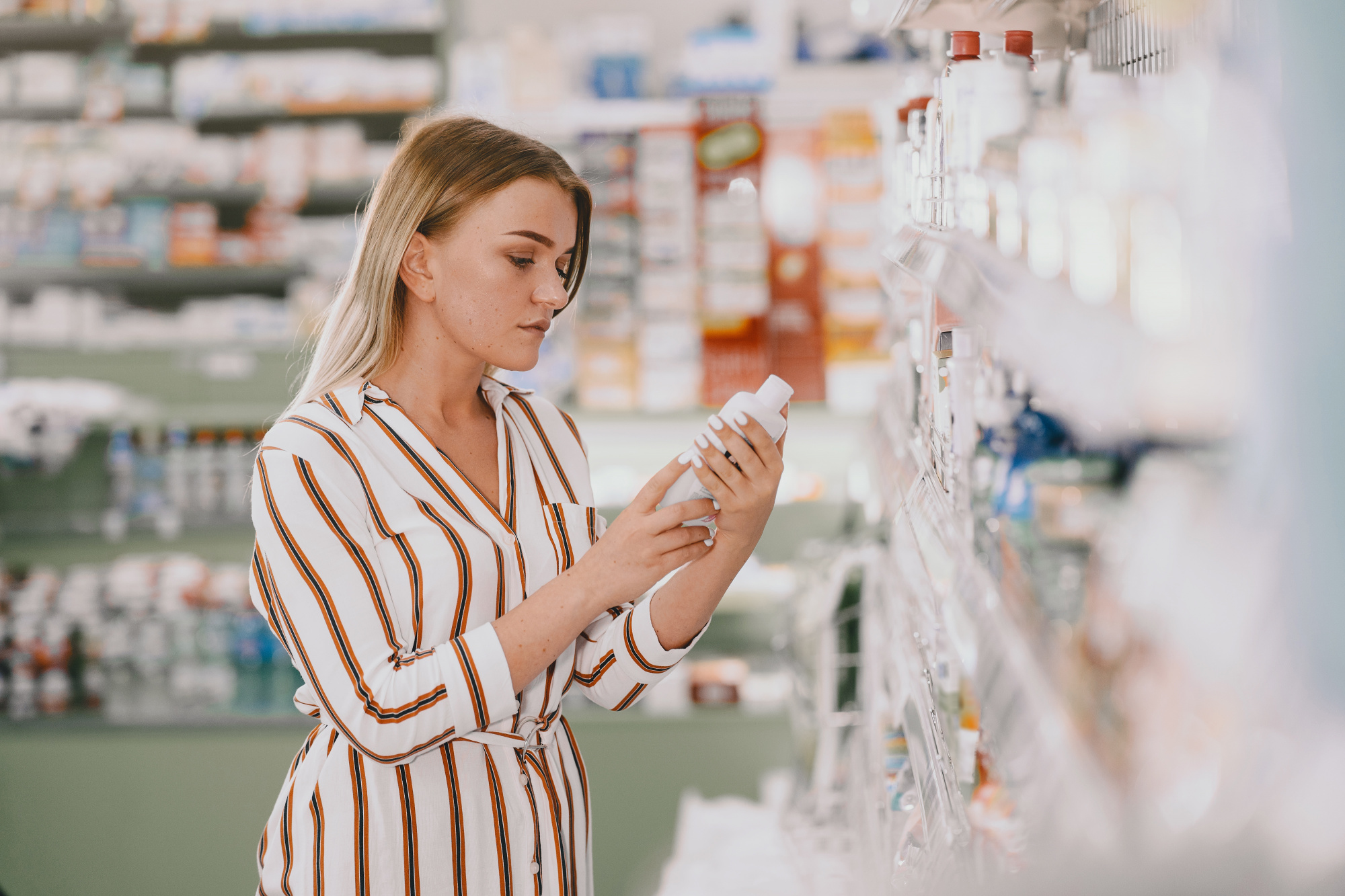
Vitamin consumption rates D for different ages
According to the recommendations adopted by the professional community, the daily norm of vitamin D, depending on age, is:
-
0-6 months — 400 IU
-
6-11 months — 400-600 IU
-
1-10years — 600-1000 IU;
-
11-18 years – 800-2000 IU;
-
Over 18 years of age (including the elderly) – 800-2000 IU;
-
Pregnant and lactating women — 1500-2000 IU;
People with excess body weight and digestive disorders are recommended to take it in dosages, exceeding the daily requirement.
Reception schemes
Medication Multizan D3 is used as a treatment for low vitamin D levels, as well as also for prevention in high-risk patients. The dosage is selected individually depending on the severity of the deficiency and the response to treatment.
Take the remedy best in the morning. Cholecalciferol is a fat-soluble vitamin, so it is best absorbed with fatty foods.
For the treatment of vitamin D deficiency, the following regimen may be prescribed: take 1 tablet (50,000 IU) per week for 8 weeks. Then, under the control of the level of cholecalciferol, maintenance therapy is carried out for 3-4 months: 1 tablet in 2-4 weeks.
Start strengthening your immune system now. Be healthy together with Multizan D3!

